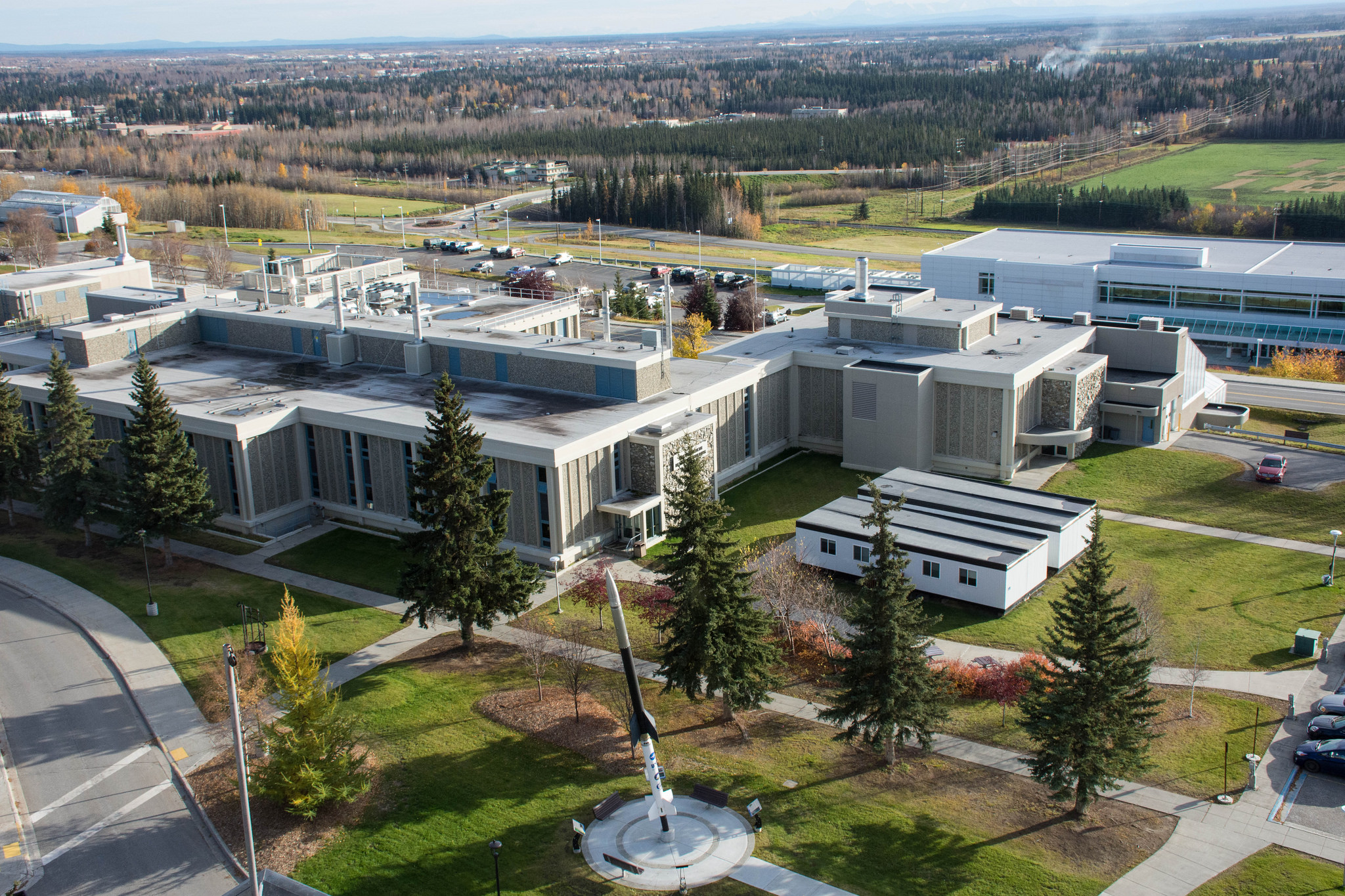US Energy Department reopens Arctic office with focus on methane hydrates, microgrids and nuclear
The office will also focus on oil recovery, carbon reinjection, extended-reach drilling, liquefied natural gas, gas hydrates and alternative energy.

The U.S. Department of Energy announced Thursday it would reopen its Arctic Energy Office, located at the University of Alaska Fairbanks.
The office will collaborate internationally on Arctic issues, as well as advancing research on methane hydrates and the development of microgrids and nuclear power.
Energy Secretary Dan Brouillette said in a statement that the office would “strengthen and coordinate our work in energy, science, and national security,” while Deputy Secretary Mark W. Menezes said that international collaboration with other Arctic nations was important as “the region’s geopolitical importance increases.”
[Special Focus: Renewable Energy in the Arctic]
Sen. Lisa Murkowski, a Republican from Alaska, had prioritized reestablishment of the office in the 2020 Energy-Water Appropriations bill.
The Arctic Energy Office will research, develop and deploy energy technology, the bill says, particularly in rural and remote parts of the country and “especially where permafrost is present or located nearby.”
According to the bill, the office will also focus on oil recovery, carbon reinjection, and extended-reach drilling technologies, as well as work on liquefied natural gas, gas hydrates and alternative energy, including hydropower such as river and tidal turbines.
Three “interim staff” will open the office, but it may grow bigger. In May, Brouillette told Sen. Murkowski in a hearing on the President’s 2021 budget request that they anticipated having three to five staff members.
The office won’t belong to a specific program area, and it will report to the Under Secretary of Energy.
Gwen Holdmann is the director of the Alaska Center for Energy and Power, a close neighbor to the newly resurrected DOE office at the University of Alaska Fairbanks. ACEP will help coordinate between the Arctic Energy Office and the rest of the campus, she said.
“We’re super excited that DOE is paying closer attention to the Arctic,” Holdmann said. “And we’re excited to see our scientists have new opportunities to engage with scientists at national labs.”
The office was originally established by Congress a few years ago, Holdmann said, but it seemed to lose steam as funding dried up. She called the reinvigoration of the office “an opportunity to just revitalize what we already had rather than trying to set up a new construct.”
“Why reinvent something new?” Holdmann said.
The office will coordinate work both within the U.S. and across the Arctic more broadly, “looking at critical issues for the Arctic region,” Holdmann said.
“It’s a way for DOE to have more of a presence here, to be able to directly hear from Alaskans and from community members around the Arctic,” she said, “about their concerns and what they want to see in terms of the next generation of technologies, the kinds of science that we need to conduct, and really find ways to engage in real and meaningful partnerships.”
Holdmann is particularly enthusiastic about the opportunities to collaborate on renewable energy and modular nuclear reactors — because of both economic concerns and the environmental repercussions of burning fossil fuels and shipping diesel fuel into remote Arctic communities.
“There are significant diesel spills,” she said, such as the 21,000 tons of fuel oil spilled in the Russian Arctic this summer. “There is a real environmental impact to the amount of diesel fuel that we’re shipping into communities to very sensitive areas that are co-located with where people are living and where their food resources are coming from.”
Holdmann can envision a future with no diesel fuel in the Arctic at all.
“We’re not there today,” she said, but she hopes that a renewed focus on energy in the Arctic will help provide communities with the information they need to make the decisions about their own futures.